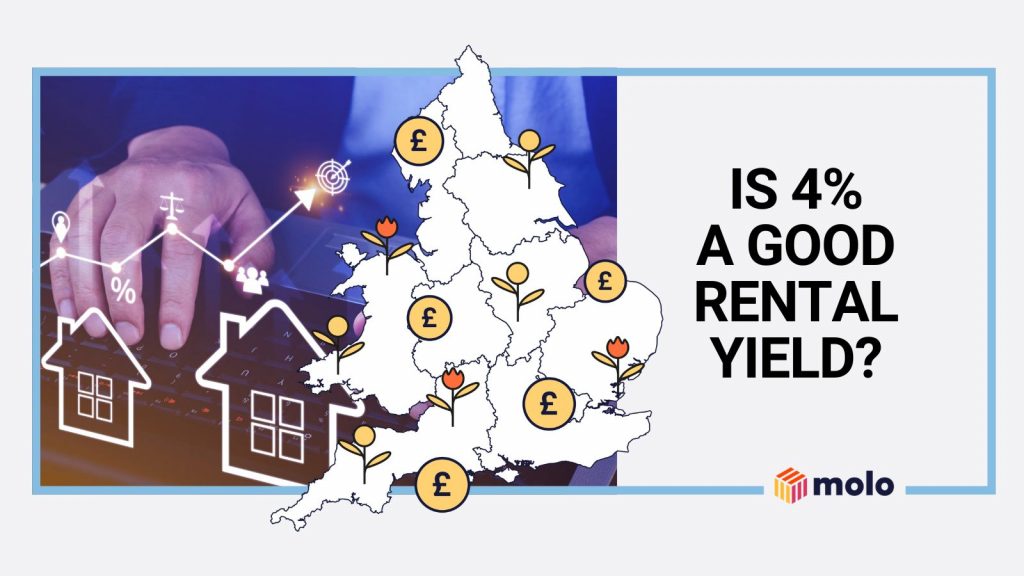Once you’ve purchased a buy-to-let property, there’s just the small matter of managing it. From finding the right renters and ensuring the tenancy runs smoothly to paying your mortgage and then remortgaging, there’s plenty to take in – especially if you’re a first-time property investor. If there’s anything and everything you wanted to know about managing a buy-to-let, you’ve come to the right place. We’ve got the details below.
Finding a tenant
You need tenants. Otherwise, the whole buying somewhere to make money from through rental income sort of defeats the purpose. But you want to ensure that you find the right tenants who will pay the rent on time and take good care of the property while it’s their home.
There are two primary ways to go about finding tenants: the DIY approach or through a letting agent. Most landlords use letting agents that advertise your property on the rental market, show it to prospective tenants and perform the necessary checks (like referencing). They usually draw up the tenancy agreement, too. Letting agent costs vary, but you can expect to pay around 10% of the annual rent in commission.
Example: If the rental property achieves a yearly rent of £15,000 (£1,250 monthly), you’ll pay an agent £1,500 if the agreed rate is 10%.
Alternatively, you can find tenants yourself, using online letting agents and social media to advertise your property. The fee is much cheaper – online agents charge as little as £50 for their services, and social media is free – but you will need to do it all yourself, including the viewings. Checks, such as tenant referencing, are usually offered as a payable extra by online agents.
Repairs and maintenance
Example: If the rental property achieves a yearly rent of £15,000 per month (£1,250 monthly), you’ll pay a manager £750 if the agreed rate is 5%. Or, if it’s 15% for the tenant find and property management, you can expect to pay £2,250.
Paying your mortgage
You will need to keep up with the mortgage payments while you own the buy-to-let, regardless of whether it’s tenanted or not. Ideally, you will receive the monthly rent, and a portion of it pays for the mortgage.
If, however, you endure a void period (when a rental property doesn’t have a tenant), you will still need to pay the mortgage on the due date. Most landlords save one month’s worth of rent to cover for void periods and ensure they have enough for the mortgage payments. Failure to pay your mortgage could result in the lender repossessing your home.
Remortgaging
The majority of buy-to-let landlords choose mortgage deals with an initial lower rate-fixed, between two and five years. If you have a similar mortgage, then you will need to remortgage the property before the initial rate expires.
Therefore, you’ll need to keep track of your mortgage and when the fixed period expires. Ideally, you should aim to begin the remortgaging process at least a couple of months before the initial rate ends. That way, you have plenty of time to find a new deal at a favourable rate.
Final words: managing a buy-to-let
Getting a mortgage for your buy-to-let is the easy part. Once you’ve got the keys, the real hard work starts. With the right planning, however, you can minimise issues while managing a buy-to-let, whether it’s finding tenants, keeping an eye on when you need to remortgage or anything else on the agenda.



